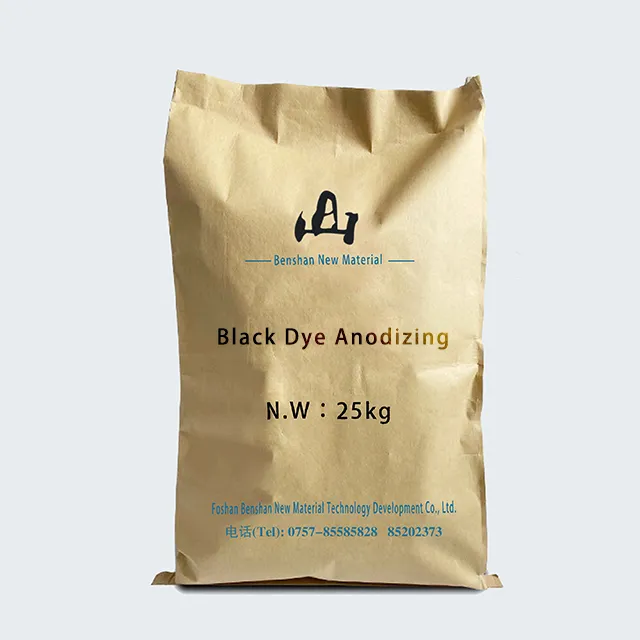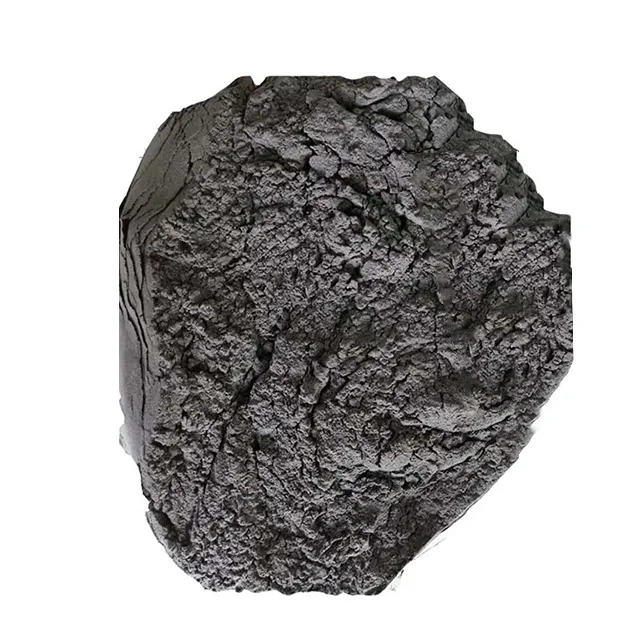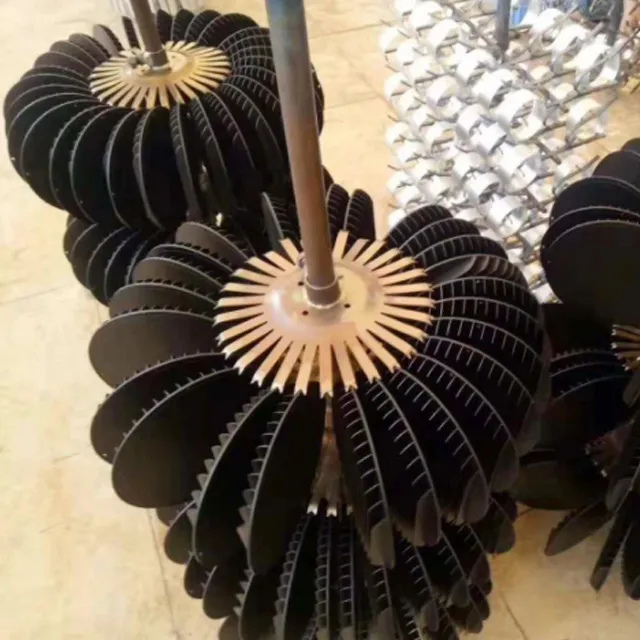
What factors will affect the stability of aluminum anodizing dyes?
2024-04-05 15:30
Aluminum anodizing dyes have important applications in the industrial field, but their stability directly affects the use effect and durability of the dyes. This article will delve into the key factors affecting the stability of aluminum anodizing dyes and provide reference and guidance for related industries.
1. Dye composition and ratio: the basis of stability
The primary factor is the composition and ratio of the dye. The chemical composition and proportion of the dye directly affect its stability during the anodization process. A reasonable ratio can maintain the stability of the dye molecular structure and prevent it from decomposing or changing in the electrolyte, thereby ensuring the service life and dyeing effect of the dye.
2. Electrolyte environmental conditions: the key to affecting dye reaction
The environmental conditions of the electrolyte are one of the key factors affecting dye stability. Factors such as pH value, temperature, and impurities in the electrolyte will affect the stability of aluminum anodizing dyes. Different electrolyte environments may cause structural changes or degradation of dye molecules, thereby affecting the dyeing effect and dye durability.

3. Electrolysis process parameters: the key to controlling dye reactions
In the aluminum anodization process, the setting of electrolysis process parameters is crucial to dye stability. The selection of parameters such as voltage, current density, and electrolysis time directly affects the rate and degree of reaction between dye molecules and aluminum-based materials. Reasonable control of electrolysis process parameters can reduce the risk of dye decomposition or inactivation and improve the stability of aluminum anodizing dyes.
4. Dye molecular structure design: intrinsic factors affecting stability
The design of the dye molecular structure is also one of the important factors affecting its stability. By rationally designing the molecular structure of the dye, its stability in the electrolyte can be enhanced, and its antioxidant, acid and alkali resistance, heat resistance and other properties can be improved, thereby extending the service life and stability of the dye.

5. Light and oxidizing environment: interference from external factors
Aluminum anodizing dyes may be affected by light and oxidizing environments during use, thereby reducing their stability. Anodized aluminum products may be exposed to the outdoor environment. Long-term ultraviolet irradiation and oxidation will cause fading and degradation of the dye molecules. Therefore, it is necessary to select dyes with good weather resistance or take appropriate protective measures.
6. Storage and transportation conditions: important aspects to protect dye stability
During the storage and transportation of aluminum anodizing dyes, appropriate conditions and measures are crucial to protect the stability of the dyes. Dyes should be stored in a dry, cool, and ventilated environment to avoid contact with harmful gases or chemicals. They should also be protected from severe vibration and extrusion during transportation to prevent crystallization or decomposition of the dye.

7. Usage environment and conditions: test of stability in practical applications
Finally, the environment and conditions in which the dye is used will also affect its stability. Different application scenarios may be affected by factors such as temperature, humidity, chemical exposure, etc. Therefore, the actual application environment and conditions need to be fully considered during the selection and use of dyes to ensure the stability and durability of the dyes.
The stability of aluminum anodizing dyes directly affects its application effect and durability in industrial production. Factors such as dye composition and ratio, electrolyte environmental conditions, electrolysis process parameters, dye molecular structure design, etc. will all affect the stability of the dye. In order to ensure the stability of dyes, various factors need to be considered comprehensively, and corresponding measures and methods must be taken to protect and control them.








